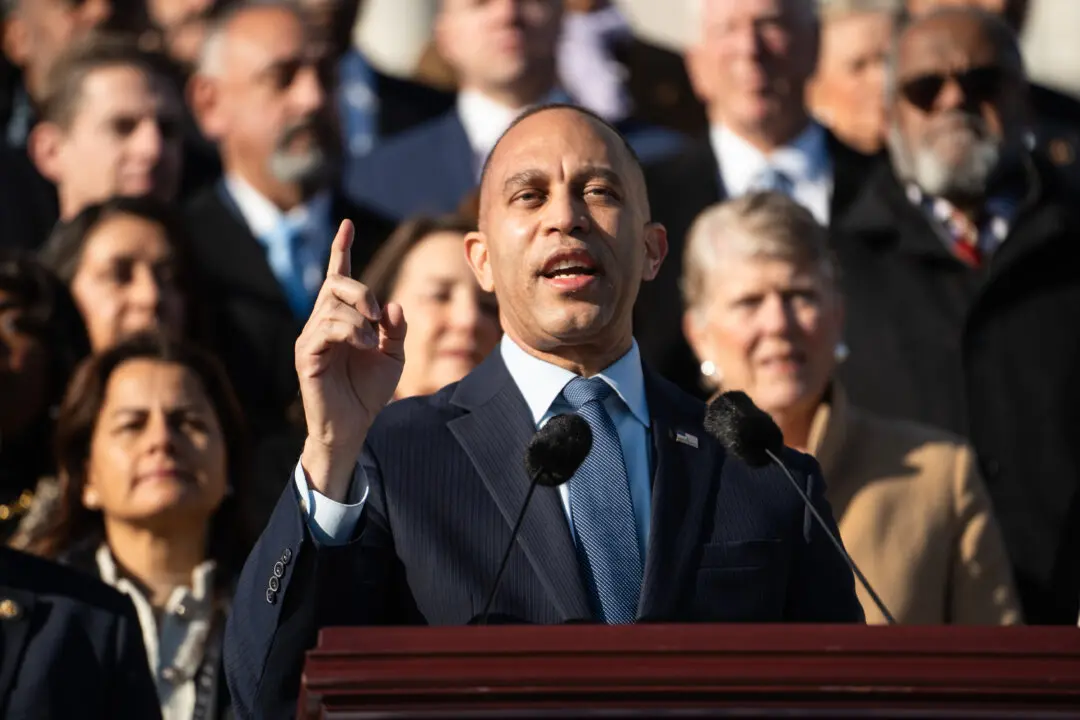The departments of Health and Human Services (HHS), Labor, and the Treasury issued new rules on Sept. 9 requiring health plans to provide the same level of coverage for mental health and substance use disorder (SUD) treatment as they do for medical and surgical conditions. While some praised the move for improving access to mental health care, others expressed concerns about its potential effect on coverage and insurance costs.
The departments say that the more than 530-page final rules aim to address longstanding disparities in health plan coverage of mental health and SUD benefits, according to the agencies, in line with the Mental Health Parity and Addiction Equity Act (MHPAEA) of 2008.





